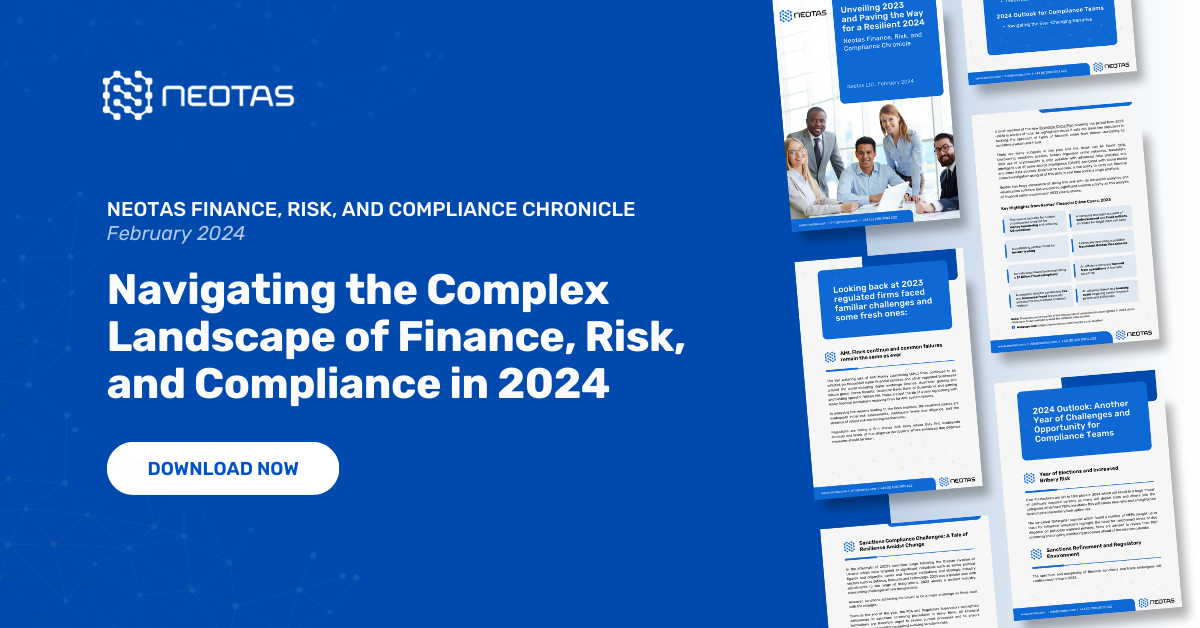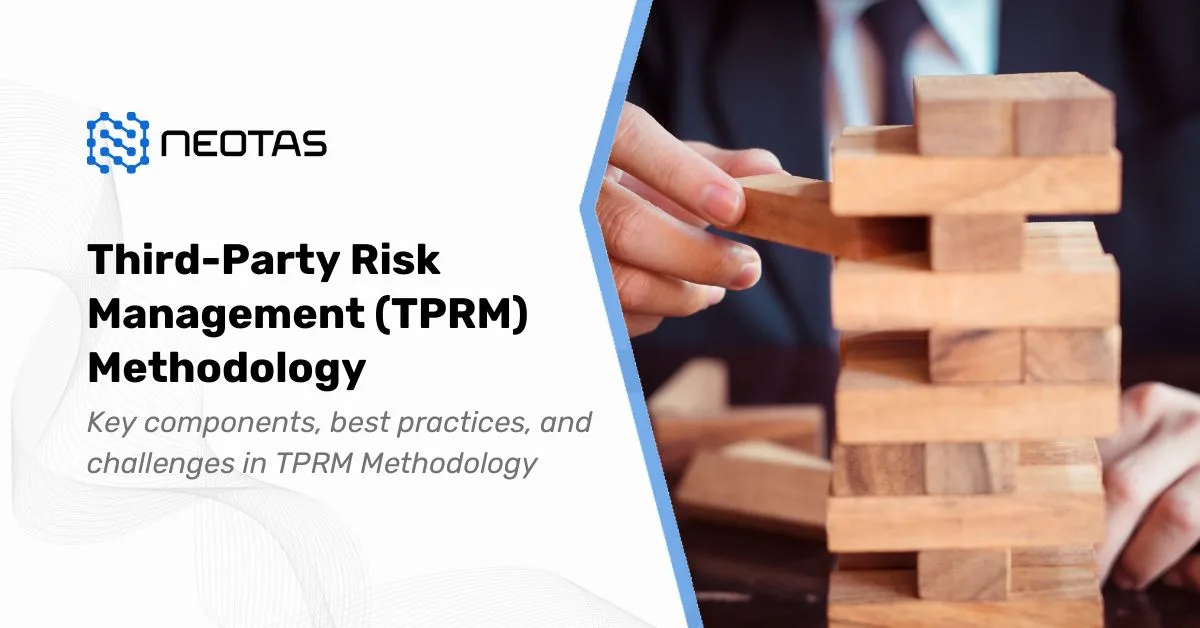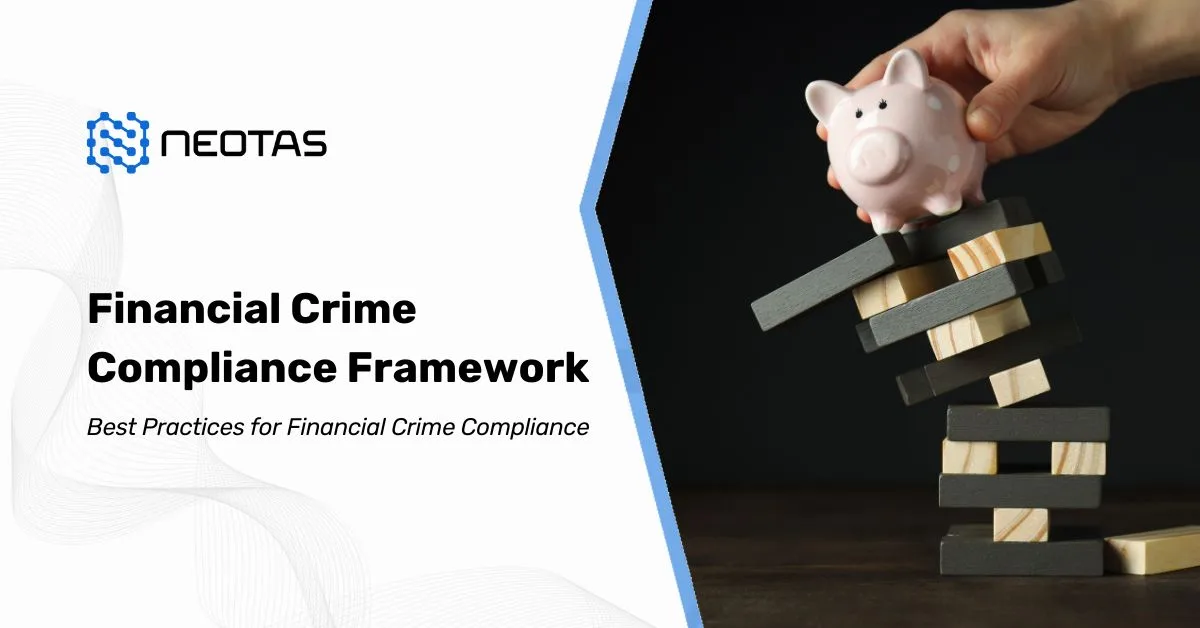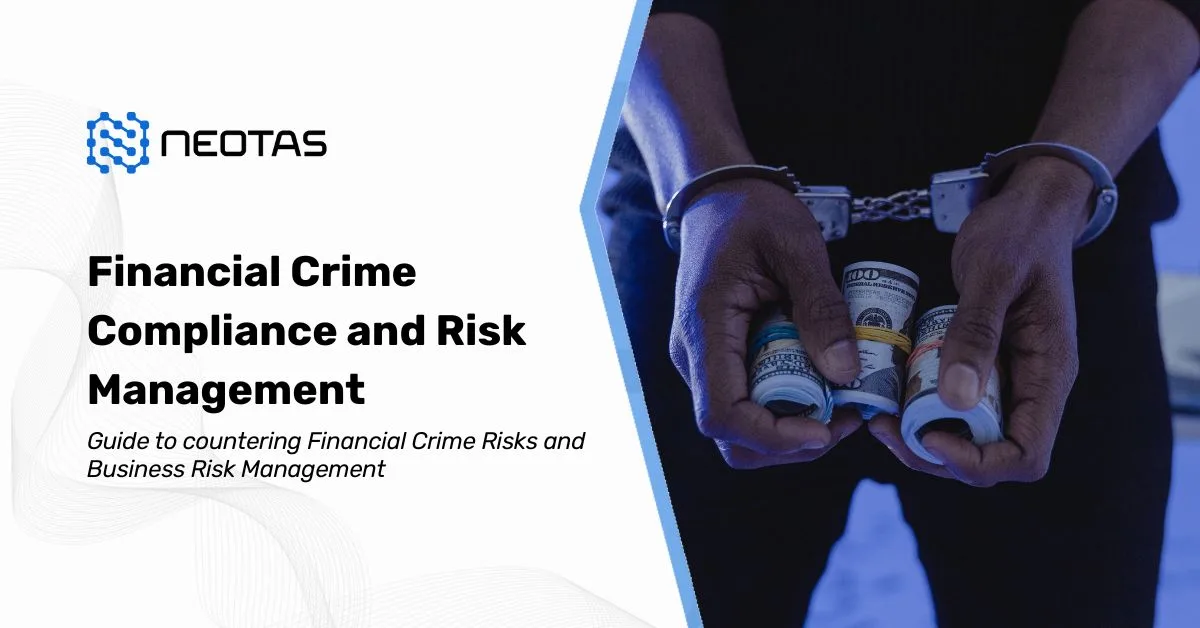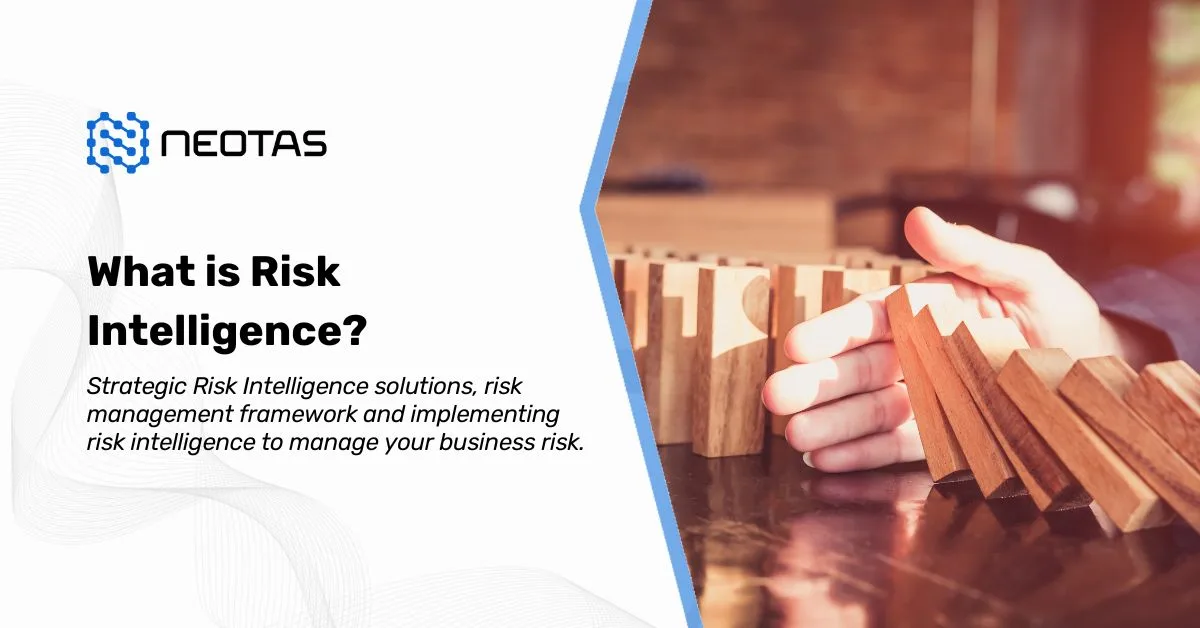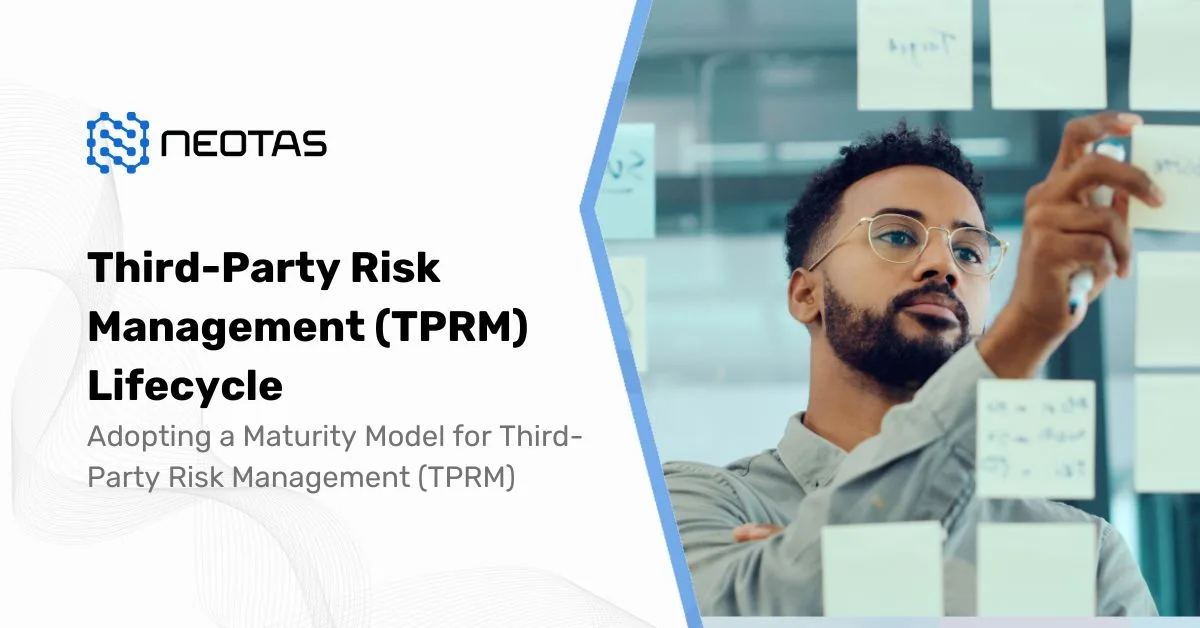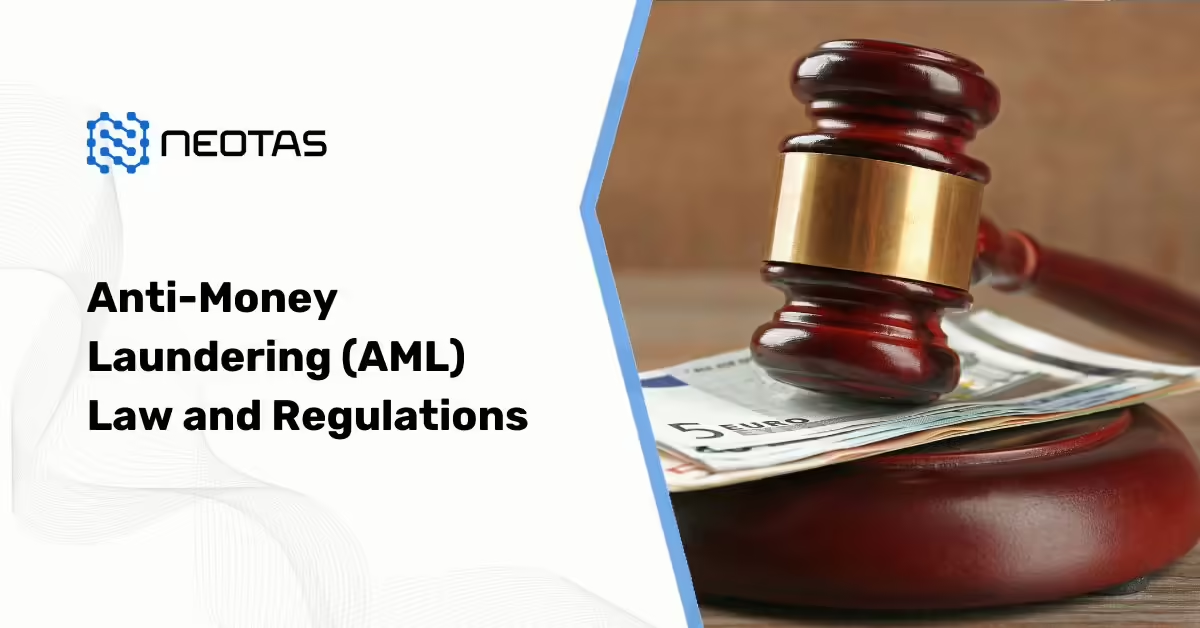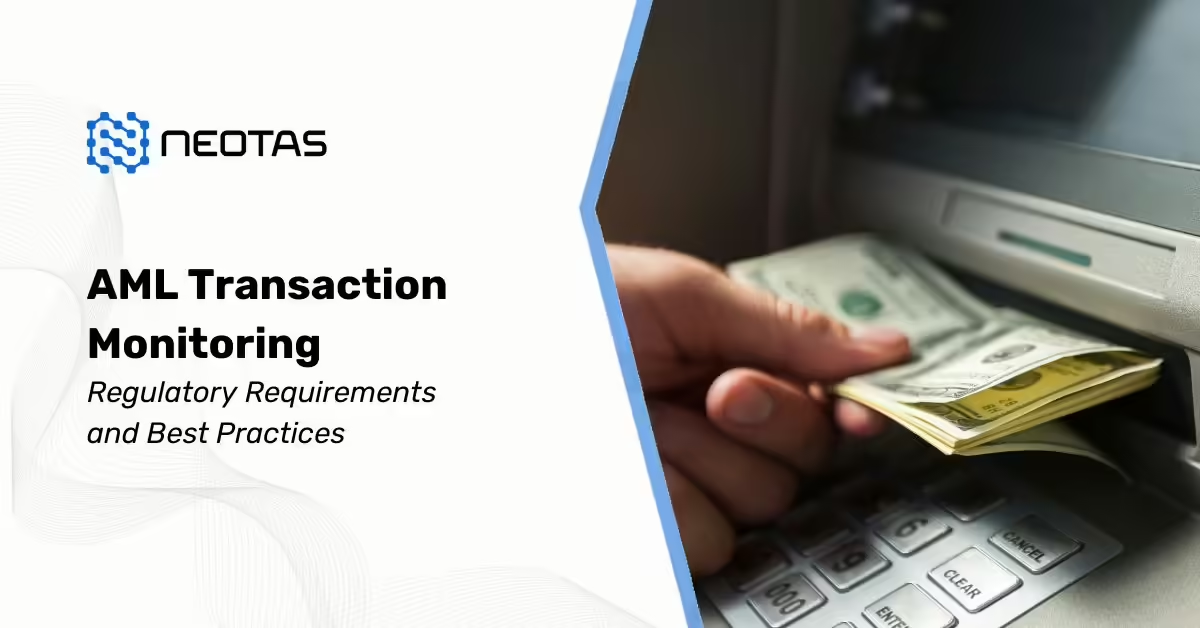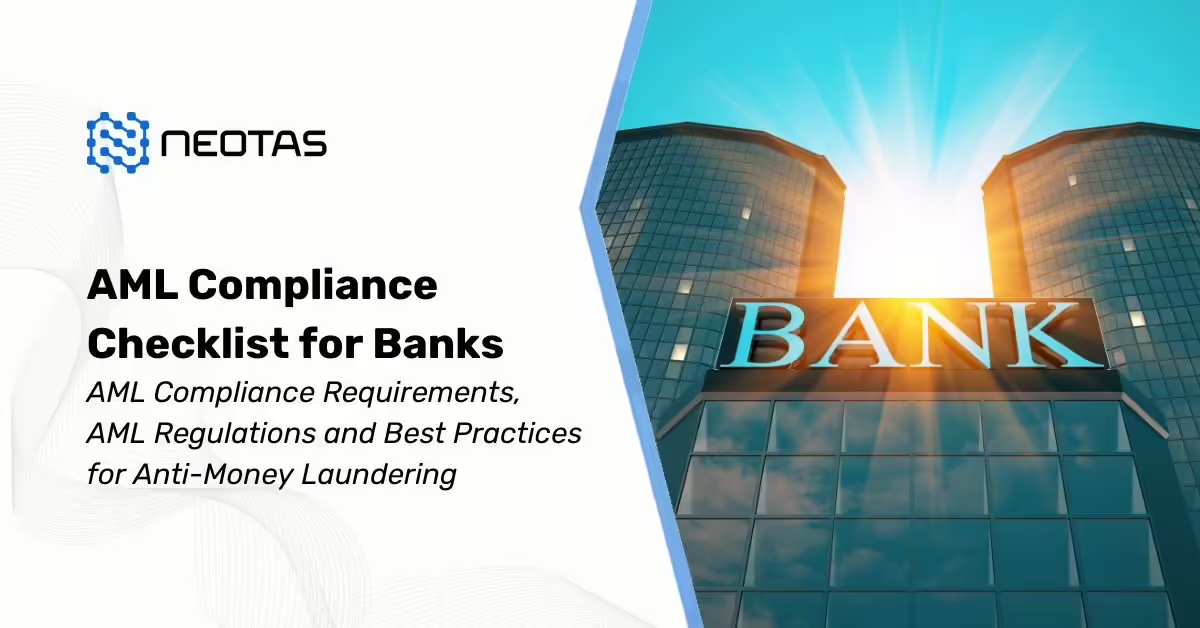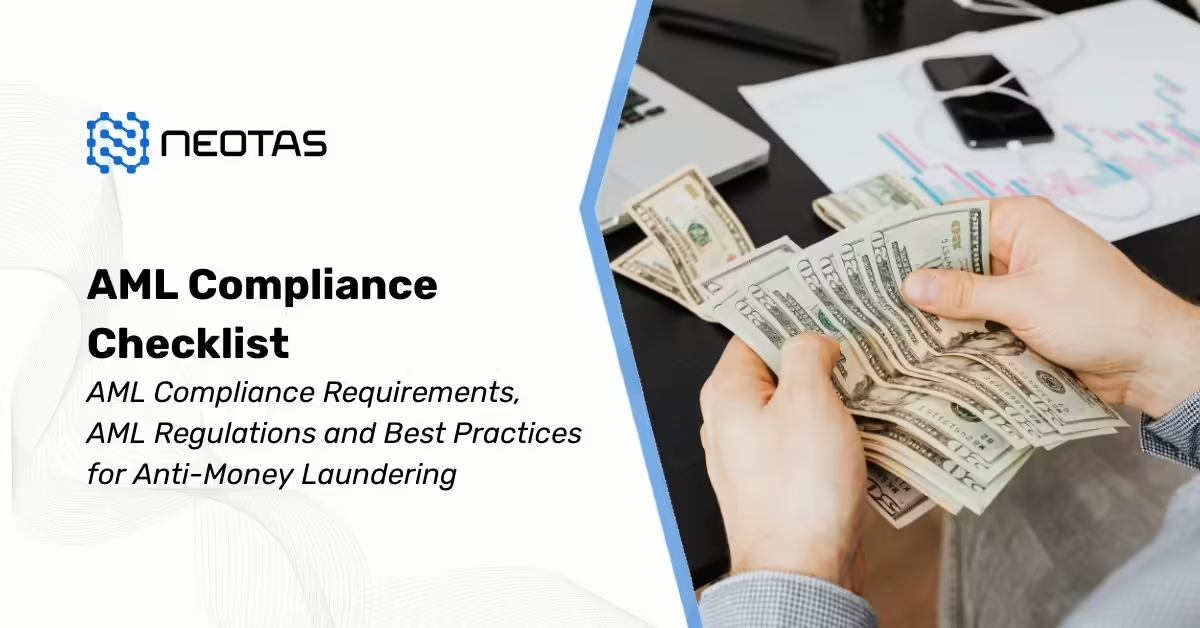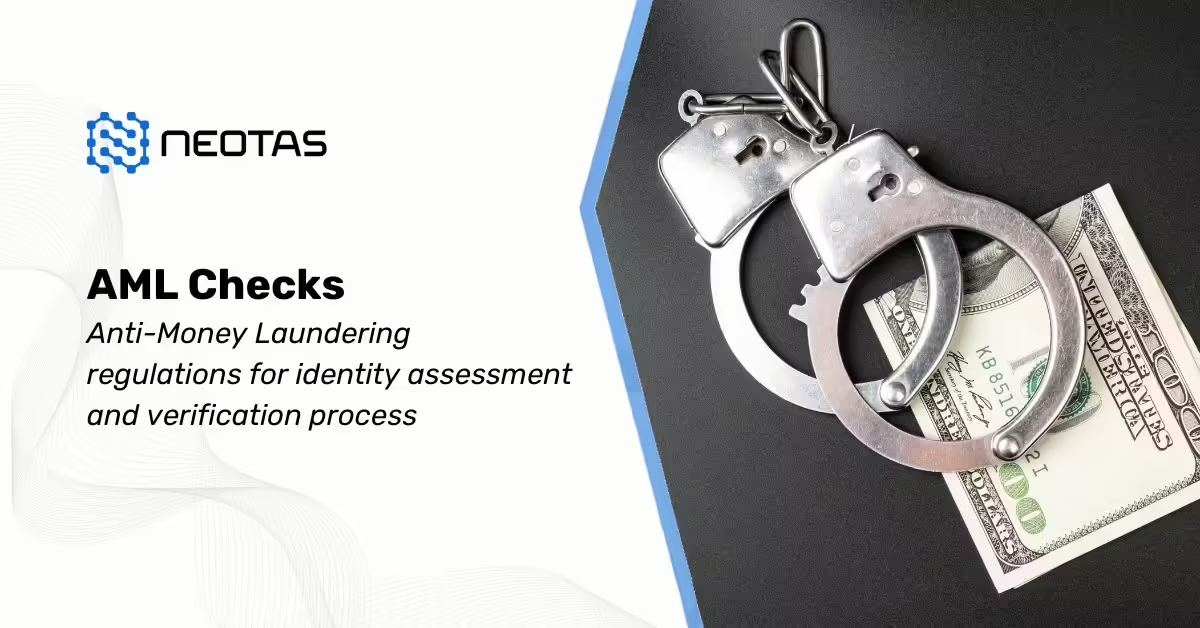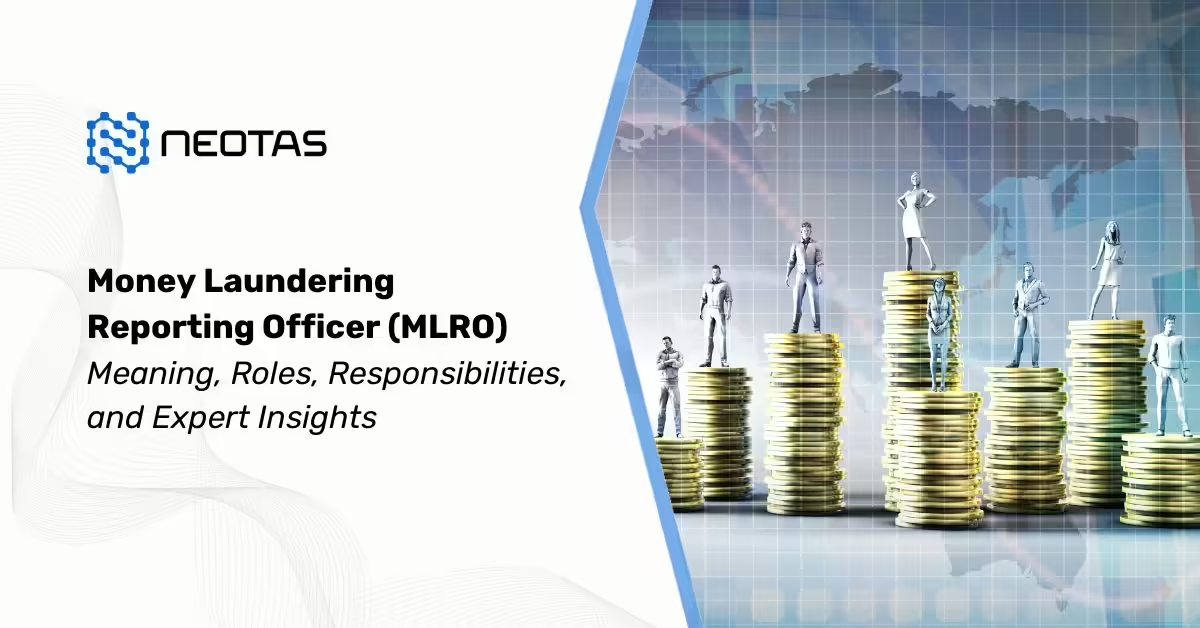AML Compliance
All You Need To Know About Anti-Money Laundering Compliance Program, AML Compliance Checklist, AML Best Practices and AML Regulations
Anti-Money Laundering (AML) refers to a set of regulations, laws, and procedures implemented to prevent criminals from disguising illegally obtained funds as legitimate income. AML encompasses all activities aimed at making it more difficult for illicit actors to use financial systems for their nefarious purposes. This broad scope includes detecting and reporting suspicious activities, verifying customer identities, and maintaining rigorous internal controls to mitigate risks associated with money laundering.
Key Objectives of AML Measures
The primary objectives of AML measures are:
- Detection and Prevention: Identifying and stopping suspicious activities before they can become successful money laundering operations.
- AML Compliance: Ensuring that financial institutions and other entities adhere to legal and regulatory requirements.
- Protection of Financial Systems: Safeguarding the integrity and stability of financial systems by preventing their abuse by criminals.
- Promotion of Transparency: Encouraging transparency in financial transactions to help authorities trace illicit funds and prosecute offenders.
Who is Impacted by AML?
Financial Institutions
Banks, insurance companies, and other financial institutions are at the forefront of AML efforts. These entities are often the primary targets for money launderers due to the volume and nature of transactions they handle. Financial institutions are required to implement robust AML programs that include customer due diligence (CDD), transaction monitoring, and reporting suspicious activities.
Non-Financial Businesses and Professions (NFBPs)
Certain non-financial sectors also play a critical role in AML. These include:
- Real Estate Agents: Transactions involving large sums of money, such as property purchases, can be exploited for money laundering.
- Lawyers and Accountants: Professionals providing financial or advisory services may unknowingly facilitate money laundering unless proper AML measures are in place.
- Casinos and Gambling Institutions: High cash flow and anonymity make these sectors attractive to money launderers.
Regulatory Authorities
Governmental and international bodies such as the Financial Conduct Authority (FCA) in the UK and the Financial Action Task Force (FATF) are responsible for developing AML regulations, monitoring compliance, and enforcing laws. These authorities provide guidelines and frameworks that must be followed by all relevant entities.
Society at Large
The impact of money laundering extends beyond financial institutions and regulatory bodies to society as a whole. Effective AML measures protect citizens from the adverse effects of financial crime, including funding for terrorism, drug trafficking, and other organised crime.
The Mechanics of AML: How Money Laundering Occurs
Money laundering typically involves three stages:
- Placement: Illegally obtained money is introduced into the financial system. This may involve depositing small amounts of cash into bank accounts, purchasing high-value assets, or using front companies.
- Layering: The aim here is to obscure the origin of the funds through complex layers of financial transactions. This can include transferring money between multiple accounts, investing in offshore entities, or buying and selling assets.
- Integration: The final stage where the now-laundered money is reintroduced into the legitimate economy. This can be done through investment in businesses, real estate, or luxury goods.
Consequences of Money Laundering
Impact on the Global Economy
Money laundering can have severe consequences on the global economy. It distorts market conditions, promotes economic instability, and undermines legitimate business competition. Large-scale laundering can lead to significant shifts in economic power and financial resources, often benefitting criminal enterprises and corrupt entities at the expense of lawful economic activities.
Societal and Ethical Implications
Beyond economic impacts, money laundering has profound societal and ethical implications. It facilitates serious crimes such as terrorism, human trafficking, and drug smuggling, posing direct threats to public safety and national security. Moreover, it erodes public trust in financial institutions and governance structures, as perceived ineffectiveness in combating money laundering can diminish confidence in these critical systems.
In summary, AML is a multifaceted and critical area of financial regulation aimed at preventing the abuse of financial systems by criminal entities. It involves comprehensive measures impacting various sectors and has significant economic and societal ramifications. Understanding and implementing effective AML strategies are crucial for maintaining the integrity and security of the global financial system.
AML Compliance Framework
What is AML Compliance?
Anti-Money Laundering (AML) compliance refers to the processes, regulations, and measures that financial institutions and other regulated entities must follow to prevent, detect, and report money laundering activities. It is a crucial aspect of global financial regulation, aimed at protecting the financial system from being exploited by criminals to disguise the origins of illegally obtained funds.
The importance of AML compliance cannot be overstated. Effective AML measures help to maintain the integrity and stability of financial institutions, ensure compliance with international standards, and protect the broader economy from the adverse effects of financial crime. Non-compliance can result in severe legal penalties, reputational damage, and financial losses.
Key Components of AML Compliance
AML compliance involves several key components, each integral to creating a robust framework for preventing money laundering:
- Know Your Customer (KYC)
- Definition: KYC is the process of verifying the identity of customers and assessing their suitability, along with the potential risks of illegal intentions towards the business relationship.
- Importance: It forms the foundation of AML compliance, helping institutions understand who their customers are and monitor their transactions for suspicious activities.
- Customer Due Diligence (CDD)
- Definition: CDD involves collecting and evaluating information about a customer to ensure that they are not involved in money laundering or other financial crimes.
- Key Steps: This includes verifying the customer’s identity, understanding the nature of the customer’s business, and assessing the potential for money laundering risks associated with the customer.
- Enhanced Due Diligence (EDD)
- Definition: EDD is an advanced form of CDD, applied to high-risk customers or transactions that require a greater level of scrutiny.
- When Applied: EDD is typically required for politically exposed persons (PEPs), customers from high-risk jurisdictions, or those involved in complex or unusually large transactions.
- Ongoing Monitoring and Reporting
- Definition: This involves continuously monitoring customer transactions and behaviour to detect and report any suspicious activities.
- Key Practices: Implementing automated transaction monitoring systems, regular updates to customer profiles, and mandatory reporting of suspicious transactions to relevant authorities.
Beyond KYC: Comprehensive AML Compliance
While KYC is fundamental, comprehensive AML compliance goes beyond merely knowing your customer. It encompasses a wider array of activities and measures designed to ensure that financial institutions and other entities are not being used as conduits for money laundering.
Elements of Comprehensive AML Compliance:
- Risk Assessment
- Regularly assessing the risks associated with different customers, products, services, and geographical locations.
- Developing risk-based policies and procedures to mitigate identified risks effectively.
- Internal Controls
- Establishing robust internal policies, procedures, and controls to prevent money laundering.
- Ensuring these controls are regularly reviewed and updated to remain effective against evolving threats.
- Training and Awareness
- Providing ongoing training for employees to recognise and respond to potential money laundering activities.
- Promoting a culture of compliance within the organisation.
- Independent Audit
- Conducting regular independent audits to assess the effectiveness of the AML compliance program.
- Ensuring that any deficiencies identified are promptly addressed.
- Regulatory Reporting
- Maintaining accurate records of all transactions and customer interactions.
- Reporting suspicious activities and large cash transactions to appropriate regulatory bodies in a timely manner.
AML Compliance Best Practices
Effective Anti-Money Laundering (AML) compliance is essential for safeguarding financial institutions against the risks of money laundering and associated crimes. The following best practices provide a comprehensive guide to establishing and maintaining robust AML compliance frameworks.
AML Compliance Checklist: Best Practices
AML Fundamentals
- Regulatory Adherence: Ensure compliance with all relevant local and international AML regulations and standards.
- Policy Development: Create comprehensive AML policies and procedures tailored to your institution’s specific risk profile and regulatory requirements.
- Employee Training: Implement ongoing training programmes to educate employees about AML regulations, policies, and their roles in compliance.
Identifying Red Flags
- Unusual Transactions: Look for transactions that do not fit a customer’s known profile, such as unusually large sums or high-frequency transactions.
- Complex Structures: Be cautious of customers using complex corporate structures that obscure ownership or control.
- High-Risk Jurisdictions: Pay extra attention to transactions involving countries known for high levels of corruption or inadequate AML regulations.
AML Screening Procedures
- Customer Due Diligence (CDD): Verify the identity of all customers and assess their risk profile.
- Sanctions Screening: Check customers against relevant sanctions lists to ensure compliance with international sanctions regimes.
- Ongoing Monitoring: Continuously monitor transactions for signs of suspicious activity and update customer information regularly.
Continuous Monitoring
- Automated Systems: Implement automated monitoring systems to detect and report suspicious activities in real-time.
- Periodic Reviews: Conduct regular reviews of customer accounts and transactions to ensure ongoing compliance.
- Reporting Mechanisms: Establish clear procedures for reporting suspicious activities to relevant authorities promptly.
Identifying Politically Exposed Persons (PEPs)
Definition and Importance
Politically Exposed Persons (PEPs) are individuals who hold prominent public positions, such as government officials, senior executives in state-owned enterprises, or high-ranking military officers. Due to their influence and access to resources, PEPs are considered higher risk for involvement in corruption and money laundering.
Compliance Strategies
- Enhanced Due Diligence (EDD): Apply stricter scrutiny to PEPs, including verifying the source of their funds and ongoing monitoring of their transactions.
- Regular Updates: Maintain up-to-date records of PEPs and their associates, and regularly check for changes in their status.
- Risk Assessment: Continuously assess the risk posed by PEPs and adjust your monitoring and controls accordingly.
Know Your Business (KYB) and Enhanced Customer Due Diligence (EDD)
Differences and Integration with KYC
- KYB: Focuses on understanding the businesses you deal with, including their ownership structure and the nature of their activities.
- EDD: Involves additional checks for higher-risk customers, such as PEPs or those from high-risk jurisdictions, to provide a deeper understanding of their activities and associated risks.
Practical Implementation Tips
- Comprehensive Verification: Gather detailed information about the business, its owners, and key personnel.
- Ongoing Monitoring: Regularly review and update business profiles to reflect any changes in their operations or risk level.
- Documentation: Maintain thorough records of all due diligence activities and decisions.
Risk Management in AML
Risk-Based Approach
- Tailored Controls: Implement controls proportionate to the level of risk identified, focusing resources on higher-risk areas.
- Dynamic Assessment: Regularly reassess risks to address emerging threats and adjust controls as necessary.
Risk Assessment and Mitigation
- Identify Risks: Evaluate risks based on factors such as customer type, transaction nature, and geographical location.
- Mitigate Risks: Develop and implement measures to minimise identified risks, such as enhanced monitoring or additional verification steps.
Key AML Regulations and Standards
Global and Regional AML Regulations
- Financial Action Task Force (FATF): Follow FATF recommendations, which provide a global standard for AML measures.
- Regional Directives: Comply with regional directives such as the European Union’s AML regulations, which may have additional requirements.
EU’s Anti-Money Laundering Authority and Single Rulebook
- Centralised Oversight: The EU’s Anti-Money Laundering Authority aims to ensure uniform enforcement of AML regulations across member states.
- Consistent Standards: The Single Rulebook provides a harmonised set of AML standards to enhance consistency and cooperation among EU countries.
Implementing these best practices and understanding the detailed components of AML compliance will help financial institutions and other regulated entities effectively manage the risks associated with money laundering and maintain compliance with stringent regulatory requirements.
AML Compliance in Practice
Anti-Money Laundering (AML) compliance is a cornerstone of modern financial regulation, requiring meticulous planning, execution, and continuous improvement. Implementing a robust AML compliance program is essential for financial institutions to mitigate risks, adhere to legal requirements, and maintain the integrity of the financial system.
Building a Robust AML Compliance Program
Steps to Develop an Effective Program
- Risk Assessment
- Identify and Evaluate Risks: Understand the specific money laundering risks associated with your institution’s products, services, customers, and geographic locations.
- Document Findings: Create a comprehensive risk assessment report that outlines potential vulnerabilities and the steps needed to address them.
- Policy Development
- Create AML Policies and Procedures: Develop clear, detailed policies that outline the procedures for detecting, preventing, and reporting money laundering activities.
- Regular Updates: Ensure policies are regularly reviewed and updated to reflect changes in regulations and emerging threats.
- Customer Due Diligence (CDD)
- KYC Processes: Implement rigorous Know Your Customer (KYC) procedures to verify the identity of all customers.
- Enhanced Due Diligence (EDD): Apply additional scrutiny to high-risk customers and transactions.
- Transaction Monitoring
- Automated Systems: Use advanced monitoring systems to track transactions in real-time and flag suspicious activities.
- Manual Review: Complement automated systems with manual reviews to ensure nuanced understanding of flagged transactions.
- Suspicious Activity Reporting (SAR)
- Reporting Procedures: Establish clear protocols for reporting suspicious activities to relevant authorities promptly.
- Record Keeping: Maintain thorough records of all reported activities and the actions taken.
- Internal Controls and Audits
- Internal Controls: Implement strong internal controls to prevent and detect money laundering activities.
- Regular Audits: Conduct independent audits to evaluate the effectiveness of the AML compliance program and make necessary adjustments.
Importance of Training and Awareness
A well-informed workforce is crucial for the success of an AML compliance program. Regular training ensures that employees at all levels understand their roles and responsibilities in preventing money laundering.
- Comprehensive Training Programs
- Initial Training: Provide thorough training for new employees on AML policies, procedures, and their specific responsibilities.
- Ongoing Education: Offer continuous education through regular updates and refresher courses to keep employees informed about the latest AML developments and best practices.
- Awareness Campaigns
- Promote a Culture of Compliance: Foster a culture where compliance is seen as a fundamental aspect of the institution’s operations.
- Communication: Use various channels to communicate the importance of AML compliance and encourage employees to report suspicious activities.
Roles and Responsibilities in AML Compliance
Effective AML compliance requires collaboration and accountability at all levels of an organisation. Each role has distinct responsibilities that contribute to the overall effectiveness of the compliance program.
Compliance Officers
- Develop and Implement Policies: Design and enforce AML policies and procedures tailored to the institution’s specific needs and risks.
- Monitoring and Reporting: Oversee the implementation of transaction monitoring systems and ensure timely reporting of suspicious activities.
- Training and Support: Provide training and support to employees, ensuring they understand and can execute their AML responsibilities.
Senior Management
- Leadership and Oversight: Demonstrate a commitment to AML compliance by providing the necessary resources and support.
- Risk Management: Participate in risk assessments and ensure that adequate controls are in place to mitigate identified risks.
- Accountability: Hold themselves and the organisation accountable for maintaining high standards of AML compliance.
Employees
- Day-to-Day Compliance: Follow established AML procedures and report any suspicious activities or transactions.
- Continuous Learning: Engage in ongoing training to stay informed about AML policies and emerging risks.
- Vigilance: Maintain a high level of awareness and diligence in all transactions and customer interactions to identify potential money laundering activities.
In conclusion, building a robust AML compliance program involves a comprehensive approach that includes risk assessment, policy development, transaction monitoring, and continuous training. By clearly defining roles and responsibilities and fostering a culture of compliance, financial institutions can effectively mitigate the risks of money laundering and ensure adherence to regulatory standards.
Frequently Asked Questions (FAQs) on Anti-Money Laundering (AML)
What is Anti-Money Laundering (AML)?
Anti-Money Laundering (AML) refers to a set of laws, regulations, and procedures designed to prevent criminals from disguising illegally obtained funds as legitimate income. AML efforts aim to detect and report suspicious activities indicative of money laundering.
What is the difference between AML and KYC?
AML encompasses all policies, regulations, and processes aimed at preventing money laundering, while Know Your Customer (KYC) is a specific process within AML that involves verifying the identity of customers to assess and manage their risk.
Who is subject to AML laws?
Financial institutions, including banks, insurance companies, and money service businesses, as well as certain non-financial businesses and professions like real estate agents, lawyers, and accountants, are subject to AML laws.
What industries are most affected by AML laws?
The banking and finance industry, real estate, legal services, and gambling sectors are significantly impacted by AML laws due to their vulnerability to money laundering activities.
What is a risk-based approach to AML?
A risk-based approach involves assessing the money laundering risks posed by customers, transactions, and business relationships and implementing measures proportionate to the level of risk identified.
What are the three stages of money laundering?
The three stages of money laundering are Placement (introducing illicit funds into the financial system), Layering (concealing the source of the funds through complex transactions), and Integration (embedding the laundered money into the legitimate economy).
What are AML red flags?
AML red flags are indicators of potential money laundering activities, such as unusual transactions, large cash deposits, transactions with high-risk countries, and discrepancies in customer information.
How does AML compliance benefit organisations?
AML compliance helps organisations avoid legal penalties, maintain their reputation, prevent financial crimes, and ensure they do not facilitate money laundering or terrorist financing activities.
What is an AML Compliance Program?
An AML Compliance Program is a framework of policies, procedures, and controls implemented by an organisation to comply with AML regulations and prevent money laundering activities.
What are Politically Exposed Persons (PEPs) and why are they significant in AML?
PEPs are individuals who hold prominent public positions, and they are significant in AML because they may be at higher risk of being involved in corruption or money laundering due to their position and influence.
What is AML transaction monitoring?
AML transaction monitoring is the process of analysing financial transactions for suspicious activities that could indicate money laundering or other financial crimes.
What is the role of the Financial Action Task Force (FATF) in AML?
The FATF is an international organisation that sets global standards for AML and Counter-Terrorist Financing (CTF) and monitors member countries’ compliance with these standards.
What are the consequences of non-compliance with AML regulations?
Non-compliance with AML regulations can result in severe penalties, including hefty fines, imprisonment for individuals, loss of business licenses, and significant reputational damage.
How often should organisations conduct AML risk assessments?
Organisations should conduct AML risk assessments regularly, typically annually, and whenever there are significant changes in their business operations, customer base, or regulatory environment.
Tags: AML Compliance, Anti-Money Laundering, Financial Crime, AML Regulations, Global Financial System, Customer Due Diligence, Suspicious Activity Reporting, Emerging Technologies in AML, International Cooperation, Non-Financial AML Compliance

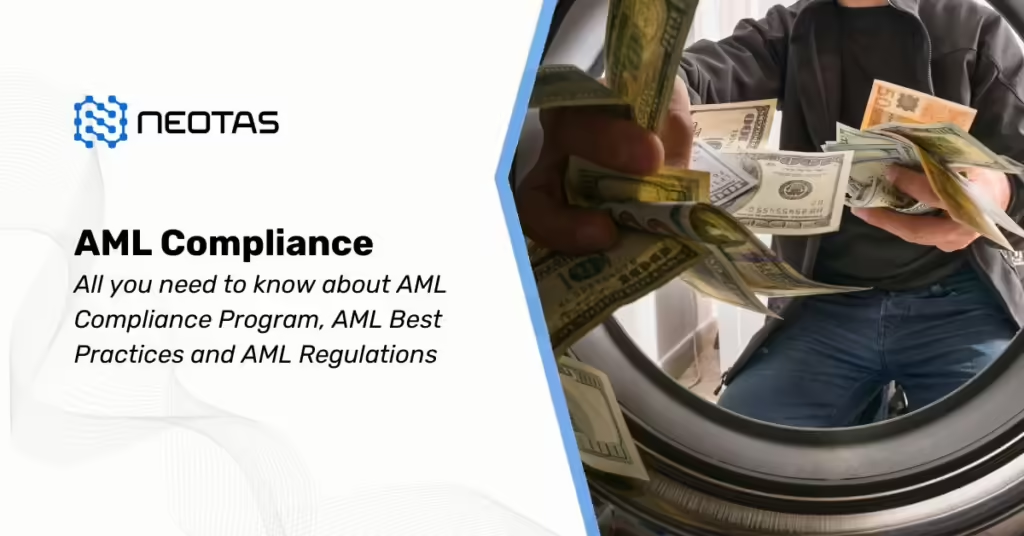

 Financial Crime Compliance Trends 2024
Financial Crime Compliance Trends 2024